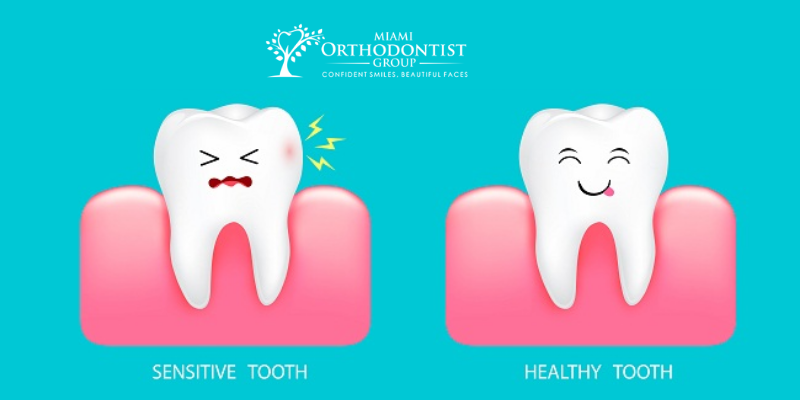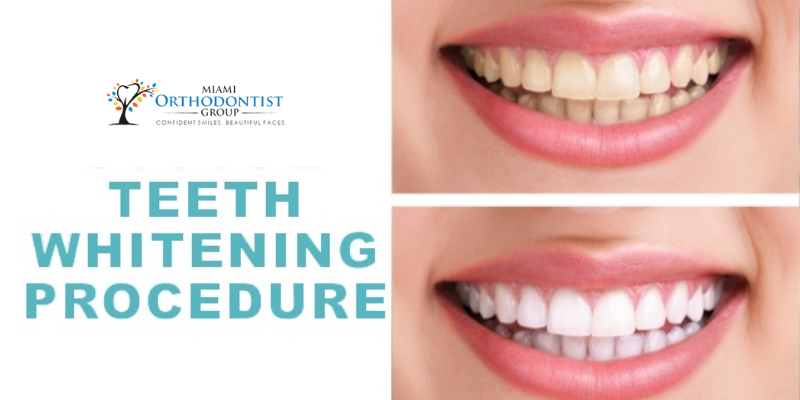Smiling boosts your mood, reduces stress and pain, and even strengthens your immune system. Show off those pearly whites and make yourself happier. Oh, no! Are you depriving yourself of these benefits because of your discolored teeth? There is a solution for this — teeth whitening. Teeth whitening can make your teeth whiter and brighter. And you can start smiling broadly again. Besides, it can improve your self-respect.
Foods containing dyes, carbonated beverages, and smoking regularly can stain the outer part of your teeth. Aging, childhood illness, infection, and even the use of medication may cause discolor deep inside a tooth. Fortunately, you can get rid of these stains through teeth whitening procedures. Your dentist has to examine your teeth and gums before proceeding with the whitening process.
You are the right candidate for the whitening procedure if you are strong enough to undergo the process. Besides, you may as well need the services of an orthodontist if your teeth are not well-positioned.
Teeth whitening methods
A review of the whitening procedures with your dentist will help you to learn more about them. It will also help you to opt for a method suitable for you. Here are the major types of teeth whitening procedures.
In-office teeth whitening procedure
This treatment takes place at the dentist’s office. It takes about one to two hours and provides an excellent whitening effect. The result is immediate and also lasts longer. However, the dentist can also carry out the procedure over a few visits. Various types of in-office teeth whitening options are available at the dentist’s office.
A) Zoom whitening system
The dentist applies special light while using 25% hydrogen peroxide gel to whiten the teeth. The light speeds up the whitening process. This procedure gives immediate results and takes about 45 minutes.
B) Boost
It is another in-office whitening treatment. This option uses only hydrogen peroxide bleaching gel for erasing stains on the teeth.
The in-office method is more effective than the at-home whitening option. The products used have more concentration of hydrogen peroxide than the take-home kit for teeth whitening. Since a professional will carry out the procedure, the teeth wouldn’t be over-bleached. Neither would there be areas where the products (like whitening strip) do not affect.
Unlike the take-home whitening option, this method increases the risk of tooth sensitivity. However, the sensitivity will disappear within a day or thereabout.
2. At-home whitening method
This procedure involves the use of customized trays that can fit into your mouth or the use of a ready-made kit. After applying gel to the trays, you fix them onto your teeth and allow them to stay for 30 to 60 minutes or the duration recommended by your dentist. This process can take a few weeks to whiten your teeth.
This method of teeth whitening is more suitable for individuals with sensitive teeth. It will help them control the amount of whitening performed over time. The customized tray or ready-made kit may resemble some of the over-the-counter whitening kits. However, the former has more concentration of bleach.
3. Over-the-counter whitening products
Over-the-counter (OTC) teeth whiteners also whiten discolored teeth. However, they contain less peroxide than the dentists’ products. Consequently, they may take a longer time to remove deeper stains or not do it effectively. Some of the OTC teeth whiteners possess ADA’s (American Dental Association) Seal of Acceptance.
The seal certifies that the products are of good quality. However, there are products without this seal that are effective in removing stains from teeth. When using any of the OTC teeth whitening products, follow the manufacturer’s instructions.
a. Whitening toothpaste
These kinds of toothpaste remove surface stains. Since they are not produced to bleach the teeth, they do not contain peroxide. They contain other chemicals, including mild abrasives, which help to improve the appearance of the teeth.
b. Teeth whitening strips
Different whitening strips contain varying concentrations of hydrogen peroxide, the bleaching agent. The effectiveness of each type of strip depends on its concentration of hydrogen peroxide. Follow the manufacturer’s instructions when using the strips. You may have to apply them once or twice daily within a specified period.
c. OTC whitening gel and trays
These products contain fewer bleaching agent than the dentists’ teeth whitening trays and gels. The trays from the professionals are customized to fit exactly each patient’s mouth. They are also more effective and give faster results than the OTC products. However, whitening trays purchased over the counter may cause irritation. They allow the bleaching agent to get in contact with the gums.
Other teeth whitening products such as mouthwashes, dental floss, and chewing gum exist, but their effectiveness is yet to be proven. There are also home remedies for removing stains from teeth. They include the use of activated charcoal and baking soda. Consult your dentist before you try any homemade teeth whitening option to avoid damaging your teeth.
The whitening procedure you choose and the type of discoloration determine how long it will take to whiten your teeth. Before you opt for a particular teeth whitening procedure, you have to consider certain factors. Here they are:
1. The type of discoloration.
2. Your dental history including orthognathic surgery, fillings, and crown.
3. The cost of the procedure.
Side Effects Of Teeth Whitening
Teeth whitening is safe when correctly carried out. However, some side effects are likely to result from the treatment.
Gum irritation
This side effect occurs when the whitening product comes in contact with your gum. It subsides after some time.
Teeth sensitivity

Whitening procedures can cause your teeth to be more sensitive. Your dentist may treat the condition, but it will ease with time. Contact your dentist if you are experiencing any prolonged side effects.
Keeping your teeth white

Teeth whitening doesn’t give permanent results. You need to undergo the procedure often. Your dentist will let you know how to uniformly brighten your teeth if you have implants, orthodontic braces, crowns, dentures, or bridges.
Good oral care can help you maintain your teeth whitening results. You see: Beverages like coffee and some food items can still stain your teeth after a whitening procedure. Rinse your mouth immediately after eating or drinking beverages to reduce the buildup of plaque and prevent teeth discoloration. Also, quit smoking or use of tobacco. Brush your teeth twice a day, and visit your dentist at least twice a year.


